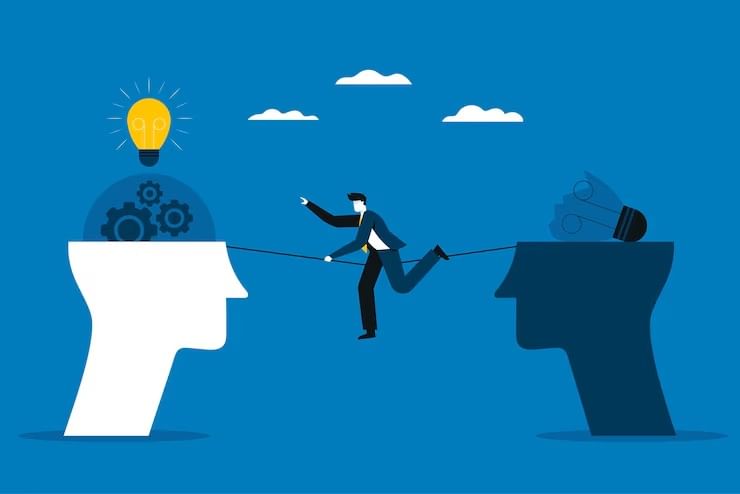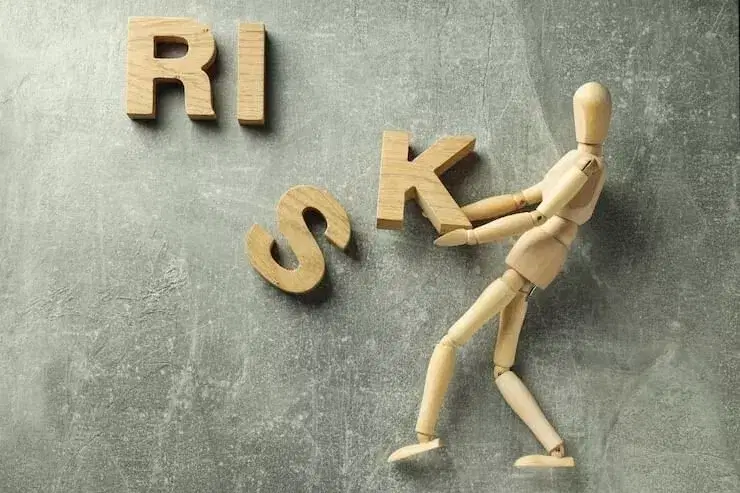How risk psychology shapes Sports fans' behaviour

Picture the last thirty seconds of a tight match. Your pulse races, nachos sit untouched, and the living room suddenly feels like the edge of a cliff. That electric suspense is not an accident; it is your brain transforming uncertainty into pure entertainment.
Let’s pull back the curtain to see how risk psychology turns ordinary fans into adrenaline junkies who live for every unpredictable twist.
The thrill of uncertainty: Why risk tastes sweet in stadiums
You can spot it the moment the referee blows the whistle. A whole crowd holds its breath, thousands of phones hover in the air, and hearts skip more than one beat.
Sports work because they are live dramas with open endings. Uncertainty is the hook, and risk is the secret sauce that makes every play feel larger than life.
Risk, in plain language, is exposure to an outcome you cannot fully control. Fans chase that exposure on purpose. Buying a ticket, wearing team colors on rival turf, or placing a friendly wager in the pub are all small acts of risk-taking that produce a fast jolt of excitement.
The reward is not only a win on the scoreboard but also the internal buzz that comes from navigating the unknown.
Sport psychologists call this buzz “arousal,” and it is very similar to what thrill-seekers report when skydiving or riding a roller coaster.
You breathe faster, your pupils get wider, and your brain floods your system with adrenaline. No wonder grown-ups yell like kids when the ball hits the back of the net.
Brain chemistry on game day
Supporters often say they feel the match in their bones. They are not exaggerating. When your favorite striker lines up for a penalty, your brain lights up almost as if you were taking the shot yourself.
Mirror neurons fire, the limbic system releases dopamine, and the prefrontal cortex starts running probability math at lightning speed.
Neuroscientists studying “how does gambling affect the brain” have found that over time, it can alter risk perception, leading to impulsive decisions and a reduced sensitivity to losses, especially when gambling without control. The same brain regions that are activated during betting also respond when the goalkeeper jumps the wrong way—that is, when we experience emotional risk. This suggests that the brain processes financial and emotional risk in a similar manner, using the same neural pathways.
Below is a quick side-by-side that links popular fan moves with classic concepts from risk psychology.
| Fan Scenario | Risk Psychology Lens | Possible Emotional Outcome |
| Buying a season ticket months before kick-off | Commitment bias | Extra loyalty that makes losses hurt more, however, wins taste sweeter |
| Cheering loudly in an away stand | Social risk exposure | Heightened camaraderie with fellow travelers |
| Checking live odds during play | Variable reward schedule | Rapid mood swings are tied to every possession |
| Wearing a lucky jersey all season | Illusion of control | Comfort in feeling part of the action, even if the link is magical thinking |
Herd mentality and collective bets
One person shouting in the living room feels intense, but 50,000 chanting in unison becomes a living organism. Humans evolved in tribes where reading the crowd could save your life, so we still mirror the mood of people around us.
Psychologists label this the herd effect. In sports, it shows up as synchronized clapping, waves that circle the stadium, and sudden groans that roll like thunder after a missed chance.

Risk is contagious in these settings. A cautious supporter may decide to join a daring chant because the whole section seems fearless.
The willingness to take social risks climbs as group size rises, a phenomenon called diffusion of responsibility. No single fan feels singled out, so the entire block pushes louder, sometimes even tipping into pitch invasions or flares.
This collective high is not all chaos. Sharing risk also spreads emotional weight. When a last-second winner hits, hugs fly everywhere, and strangers act like cousins at a wedding.
The brain rewards collaboration by dripping oxytocin into the bloodstream, reinforcing the bond that makes fans refer to each other as family.
When hope becomes a strategy: Cognitive biases in play
Fans rarely think of themselves as gamblers, yet their brains use the same shortcuts that drive betting behavior. A few classics dominate terraces worldwide:
- Confirmation bias. You remember that one miracle comeback in 2012, yet forget the dozen limp exits since. Selective memory keeps hope alive even during mediocre seasons.
- The sunk cost fallacy. You already bought the ticket, the scarf, and a streaming subscription. Backing out feels wasteful, so you double down on loyalty.
- Optimism bias. Supporters often rate their team higher than neutral observers would. This sunny blind spot cushions disappointment and keeps anticipation high.
- Loss aversion. Defeat feels worse than victory feels good, which explains the lingering gloom after a heartbreaking miss.
Managing the rollercoaster: Healthy ways to channel the rush
Risk-flavored excitement is fun, but it can also spiral into stress if left unchecked. Here are practical moves to keep fandom joyful without frying your circuits.
- Set personal rituals that cool the temperature. Deep breathing is not only for yoga. Try inhaling for four seconds, holding for four, and exhaling for six whenever tension starts to pinch. It is a tiny timeout for the nervous system.
- Switch vantage points during play. TV analysts often watch the same play multiple times to grasp patterns. Borrow the trick by replaying key moments in slow motion later. Detaching from the emotional brain fog can reveal beauty in tactics even when the result stings.
- Celebrate mini wins beyond the final score. Did the rookie show promise? Did the team execute a clever press? Mark those positives loudly. It trains the brain to harvest dopamine from progress, not just trophies.
- Create a post-match wind-down. Many supporters scroll social feeds until the early hours debating calls. Set a simple rule, such as logging off thirty minutes after full time. A clear boundary helps sleep quality, which in turn regulates mood.
- Share stories, not rants. Next-day chatter thrives when you trade personal snapshots instead of venting. Describe how your niece mimicked the keeper’s dive or how the bar erupted at the equalizer. Storytelling converts raw emotion into a memorable narrative, closing the stress loop.
Final whistle
At its core, sport is a playful arena where risk and reward dance together. The psychology that fuels betting lines also colors the cheers, groans, and goosebumps that ripple through living rooms and grandstands every weekend.
We seek the unknown because it reminds us we are alive. Understanding the mental gears behind that chase lets us savor the ride longer, complain less often, and perhaps even marvel at the humble magic of a ball crossing a white line.
So next time your pulse rockets as stoppage time stretches on, remember: your brain is doing exactly what millions of years of evolution designed it to do. You are gambling with emotion, and you would not want it any other way.